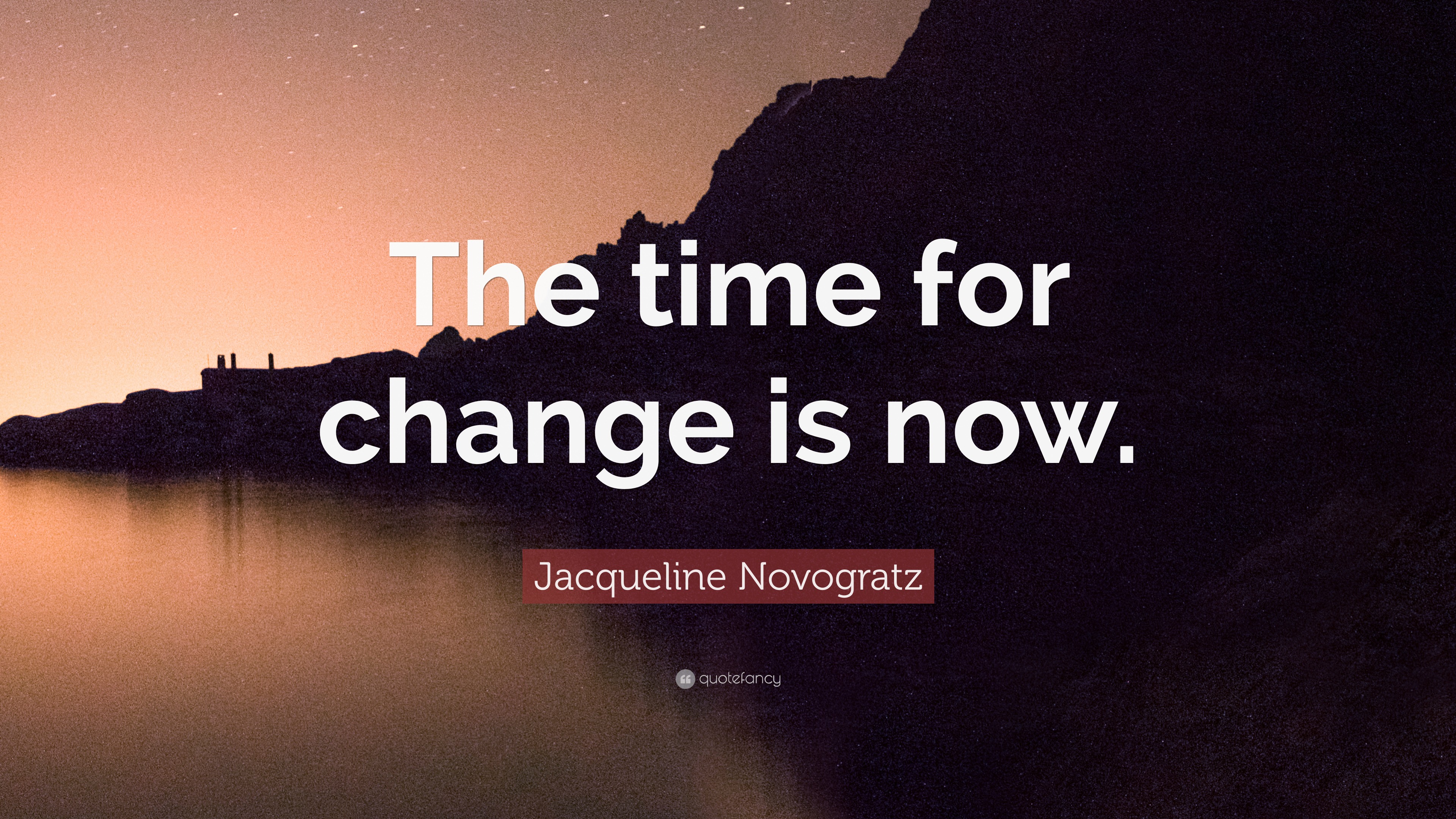

The tendency of both parties to privilege their donors over their voters.The increasing importance of money in politics.The unusually close competition for control over Congress.This moment is the culmination of four interconnected but ultimately unsustainable trends that have turbocharged polarization over the last two decades: These conflicts are not going away anytime soon. In short, parties are increasingly divided on a growing range of issues that pit their less-educated, lower-income voters who feel left behind by the current political-economic system against their better-educated, higher-income voter who don't want to mess too much with the status quo. This conflict is emerging on issues of international trade, on questions of corporate (especially Wall Street) power, and in growing anger over money in politics and corruption generally. Democrats are far less divided, but internal rifts between their "establishment" (Hillary Clinton) and "insurgent" (Bernie Sanders) wings are also real and likely lasting. Republicans are now in open warfare between Trump supporters and #NeverTrumpers. And in order for public polarization to persist, parties have to maintain tight enough message discipline among their elites to ensure that their voters only hear one main message. In order for congressional polarization to persist, both parties have to maintain tight enough discipline over their members and the political agenda to ensure consistent party voting. Almost every policy has now been swept into the maw of partisan jockeying, leaving almost no space for the cross-partisan cooperation our political system relies on to function. A large number of issues that were once nonpartisan or non-ideological have become partisan issues. The tautological reason polarization has increased in American politics is that over the past four decades, conflict in American politics has increasingly operated along a single dimension: Republican versus Democrat.


A new era of American politics is about to emerge. The forces that have fueled the widening gap between the two political parties are now fueling fights within the two political parties, fights that will lead to new coalitions in American politics, eventually realigning the two parties. As measured by consistent partisan positioning among voters, the split in the electorate has reached a historic level of divisiveness.īut this is about to end.

As measured by voting patterns in the US Congress, the two parties have pulled apart to distances we've never seen before.
2016 abramowitz time for change polarization full#
The full Procedures, Rules and Regulations of the University governing how it operates are set out in the Charter, Statutes and Ordinances and in the University Regulations, Policy and Procedures.For a long time in American politics, we've been trapped in a cycle of ever-escalating political polarization. The University will endeavour to keep such changes to a minimum, and will also keep students informed appropriately by updating our programme specifications and module directory. Of variations to the content and method of delivery or assessment of modules and other services, to discontinue modules and other services and to merge or combine modules. Changes to modules may for example consist Industrial action, lack of demand, departure of key personnel, change in government policy, or withdrawal/reduction of funding. Examples of such reasons might include a change of law or regulatory requirements, Exceptionally it canīe necessary to make changes, for example to programmes, modules, facilities or fees. * Please note: due to differing publication schedules, items marked with an asterisk (*) base their information upon the previous academic year.ĭisclaimer: The University makes every effort to ensure that this information on its Module Directory is accurate and up-to-date.


 0 kommentar(er)
0 kommentar(er)
